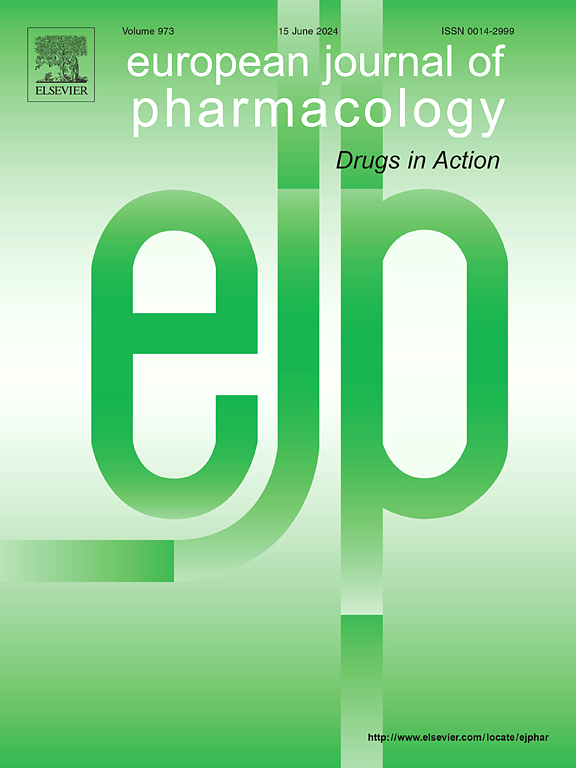The diabetes medication Canagliflozin attenuates alcoholic liver disease by reducing hepatic lipid accumulation via SIRT1-AMPK-mTORC1 signaling pathway
IF 4.2
3区 医学
Q1 PHARMACOLOGY & PHARMACY
引用次数: 0
Abstract
Background and aims
Chronic consumption of large amounts of alcohol can lead to hepatic lipid accumulation and mitochondrial oxidative stress, resulting in alcoholic liver disease (ALD). Canagliflozin (Cana), an oral antidiabetic drug, regulates blood glucose by inhibiting sodium-glucose cotransporter-2 in renal tubulars, which also improves lipid metabolism and alleviates oxidative stress in hepatocyte. This study aims to determine the therapeutic effects of Cana on alcoholic liver injury and to explore the mechanistic pathways involved.
Methods
C57BL/6J male mice at 8 weeks were used to construct a model of alcoholic fatty liver disease using the chronic-plus-binge alcohol feeding model. Primary hepatocytes and AML12 cell lines were used as in vitro models. The effects and mechanisms of Cana on alcoholic liver injury were investigated by using immunofluorescence, ELISA, H&E and Oil Red O staining, RT-PCR, and western blotting analysis.
Results
Cana treatment reduced hepatic lipid accumulation, decreased glutathione and TNF-α levels, alleviated oxidative stress and inflammation. Mechanistic studies revealed that Cana reduced FAS expression in the liver, decreasing hepatic fatty acid synthesis, and increased PPARα expression, promoting fatty acid oxidation. Additionally, Cana increased mitochondrial content and promoted mitophagy. These effects were mediated by the SIRT1-AMPK-mTORC1 signaling pathway.
Conclusions
Cana activates the SIRT1-AMPK-mTORC1 signaling pathway, inhibiting alcohol-induced fatty acid synthesis, promoting fatty acid degradation, thereby alleviating alcoholic liver injury.
求助全文
约1分钟内获得全文
求助全文
来源期刊
CiteScore
9.00
自引率
0.00%
发文量
572
审稿时长
34 days
期刊介绍:
The European Journal of Pharmacology publishes research papers covering all aspects of experimental pharmacology with focus on the mechanism of action of structurally identified compounds affecting biological systems.
The scope includes:
Behavioural pharmacology
Neuropharmacology and analgesia
Cardiovascular pharmacology
Pulmonary, gastrointestinal and urogenital pharmacology
Endocrine pharmacology
Immunopharmacology and inflammation
Molecular and cellular pharmacology
Regenerative pharmacology
Biologicals and biotherapeutics
Translational pharmacology
Nutriceutical pharmacology.

 求助内容:
求助内容: 应助结果提醒方式:
应助结果提醒方式:


